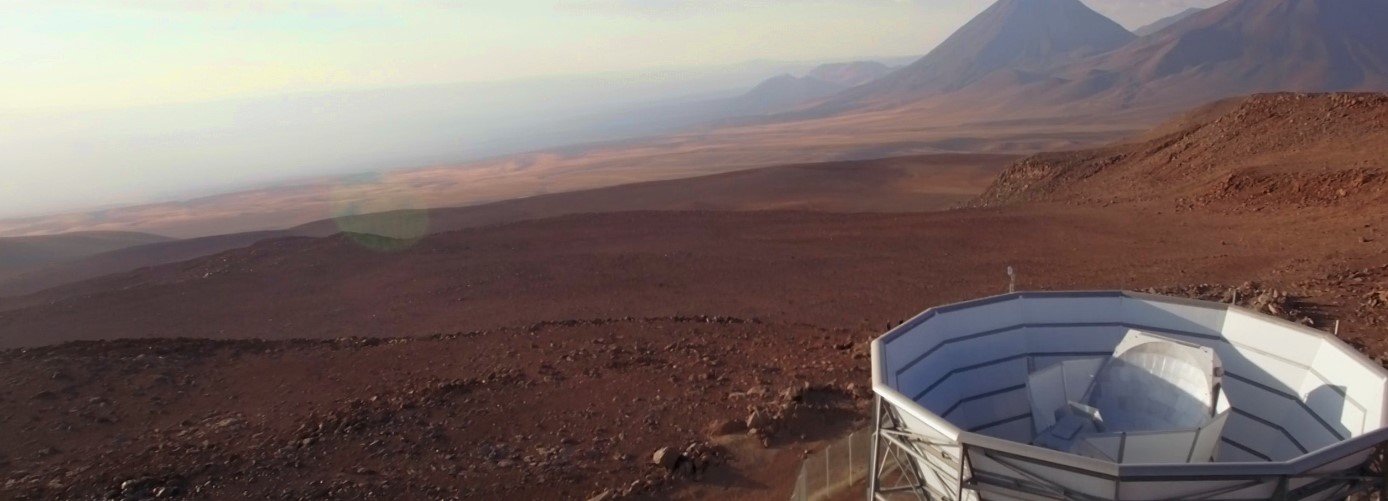
In May 2009, the Planck Satellite was launched with a mission to discover the age of the universe. The goal was to measure cosmic background radiation (CMB), a source of light that traces back to around 380,000 years after the universe’s start at the Big Bang. Those measurements revealed the universe to be around 13.8 billion years old.
But in the past few years, astronomers have improved on classic observations of how fast distant galaxies move away from Earth. These measurements result in an age of the universe hundreds of millions of years younger than the Planck measurements indicated.
In July, the research team behind the National Science Foundation’s Atacama Cosmology Telescope (ACT), which includes Department of Physics and Astronomy Chair Arthur Kosowsky, graduate student Yilun Guan and 40 other participating institutions, jumped into the fray with their own estimates. The team made new maps of the slight variations in the microwave background’s temperature and polarization which are more sensitive and sharper than Planck’s.
The simplest model of the universe that fits the new data from ACT, which is located in Chile, has an age of 13.77 billion years with an uncertainty of plus or minus 40 million years—essentially confirming the Planck results. Papers featuring the findings were posted to the arXiv distribution service and have been submitted to the Journal of Cosmology and Astroparticle Physics.
“Now we’ve come up with an answer where Planck and ACT agree,” says Simone Aiola (A&S ’14G, '16G), a lead author and researcher at the Flatiron Institute’s Center for Computational Astrophysics who holds a PhD in physics from Pitt's Kenneth P. Dietrich School of Arts and Sciences. “It speaks to the fact that these difficult measurements are reliable.”
Kosowsky said the findings add to the confusion surrounding the actual age of the universe but also provide a few clues about where cosmologists should look for answers.
He noted that ACT also essentially confirmed Plank’s estimated Hubble constant, which is the rate at which the universe is expanding. ACT found the universe is expanding at a rate of 67.6 kilometers per second per megaparsec, which means an object located a megaparsec away from Earth (approximately 3.26 million light years) is on average moving away from us at the rate of 67.6 kilometers per second due to the cosmic expansion.
The Planck team’s Hubble constant was 67.4 kilometers per second per megaparsec and the rates estimated by measuring galaxies range between 70 and 74 kilometers per second per megaparsec, significantly faster than the other results.
“Probably the most interesting possibility for this discrepancy is that our simple model of the universe is wrong. So the inference we’re making about the Hubble parameter from our measurement is based on a model that’s not quite right,” said Kosowsky. “Our basic model of the universe is based on some really simple assumptions about some really simple physics. If you change something you’re probably saying there’s new, undiscovered, fundamental physics that we’re seeing in this discrepancy.”
Guan, who is pursuing a PhD in cosmology at Pitt's Dietrich School, is investigating whether the flaw in the model lies in assumptions made about the nature of dark energy, which is what researchers call the unknown force that is accelerating the universe’s expansion.
Read the full story on PittWire!